Over the past few months under quarantine and stay-at-home orders, it’s become apparent that communication is imperative towards progress in the context of education, along with maintaining professional relationships across the industry.
I’ve surprisingly made more new contacts that I would not have made if not for the pandemic, and reinforced past relationships all due to the coronavirus’ stay-at-home orders. With this said, I wanted to take some time to outline and highlight some individuals that I respect in the strength and conditioning industry.
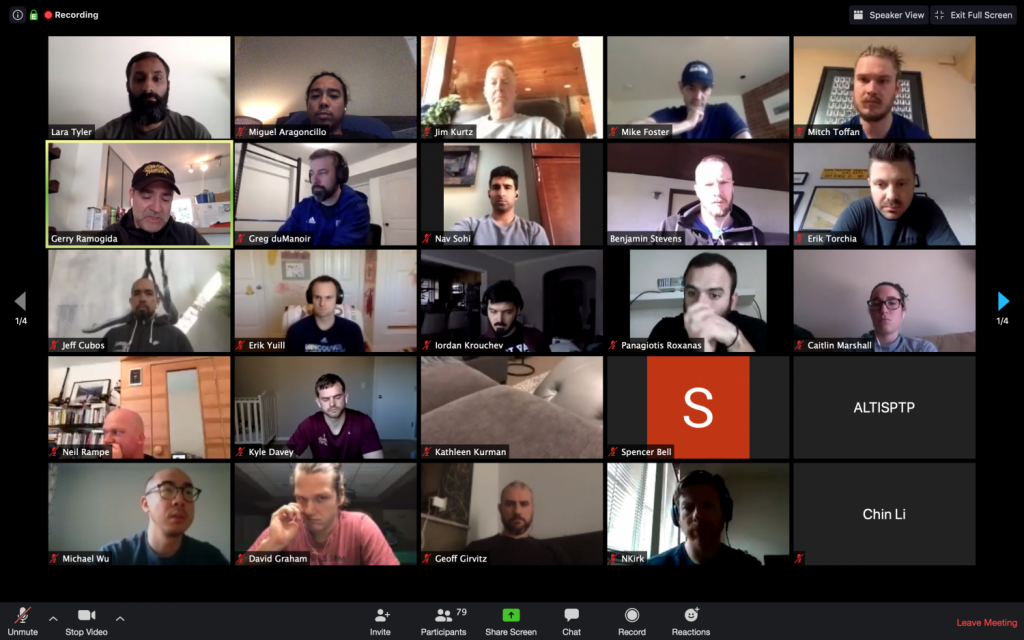
With the Internet being largely the only method for individuals to communicate with their clients and other professionals in the past several weeks/months, this can “muddy the waters” as entry-level strength and conditioning professionals may be pulled in many different directions. However, this also allows normally busy individuals in the midst of a season in many different sports to also contribute their expertise in a public format, or in private communication between other individuals, as well.
With this said, I wanted to see if I can help not only guide entry-level professionals on where to get reliable information, but also where to place their energies into continuing education. I’ve asked other experts in their respective fields to answer this Q&A for several different topics related to our industry.
This will be a two part series, and I will give my own input on this Q&A at the end of the series as well. I wanted to get a diverse group of professionals, so the range of sports these individuals work with involve basketball, hockey, collegiate strength and conditioning, alongside other professional and even youth athletes. There is a plethora of information to get from these simple questions, and I hope this will begin to highlight where these professionals’ principles lie as it relates to how they work.
Jeff Aldham
Burlington, ON
Instagram: @Aldham_AD
I met Jeff Aldham first in the summer of 2017 at the 2017 Physical Preparation Summit hosted by Mike Robertson. He was an attendee, and we kept in contact ever since. Jeff is based out of Burlington, Ontario, and I love the information that he puts out there regarding nutrition, youth athlete training, along with his general philosophy on training.
1. What are your top 2-3 resources for getting stronger/more resilient?
The simplicity of Mike Boyle and the Certified Functional Strength Coach’s program for novice athletes as well as adult population.
For more experienced athletes that I am able to measure readiness (Omegawave, HRV), and I also use Westside and/or Triphasic Training from a training perspective. I have used Triphasic’s general physical preparedness phases with a number of my high school and college/pro athletes.
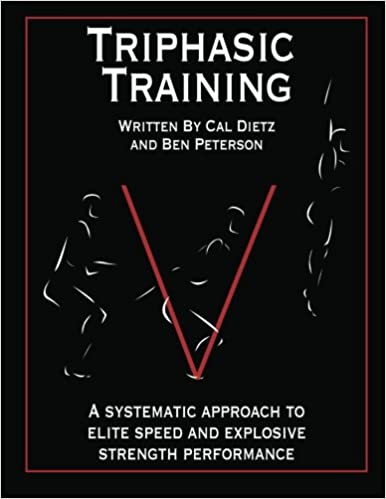
Another system I use is the Functional Range Conditioning as of late as it pertains to joint specific “strength training” as well as “tissue resiliency.”
2. What are your top 2-3 resources for learning functional anatomy?
Whatever outdated texts I had to read in college, Anatomy Trains, even Precision Nutrition, as it revisits physiology and nutrition on a cellular level. FRC’s lectures on “Bioflow” has been very interesting to compare to “Biomechanics.”
3. What are your top 2-3 resources for exercise programming?
- Functional Range Conditioning
- Functional Range Assessment
- Certified Functional Strength Coach
- Functional Movement Screen
4. What are your top 2-3 resources for learning exercise physiology?
- Same answers as above (question 2- 3).
5. If you work with a specific population, what are your top resources for learning more on how to serve that population, and why?
(Note: Jeff works with several youth and high school, collegiate athletes.)
Charlie Weingroff’s (Canada Basketball) message saying “Training = Rehab, Rehab = Training” as it pertains how to train an athlete that you’re able to measure readiness with and train consistently.
Boyle and CFSC for both adults and novice athletes as well as Functional Range Conditioning/Kinstretch as they are easy systems to follow that involve what most humans both want and need.
6. Do you have any advice for an up and coming strength and conditioning professional?
“Nobody cares how much you know until they know how much you care.” aka just be a good human and show compassion, humility, and empowerment.
Artie Hairston
Springfield, FL
Instagram: @RT_Hairston
I believe I met Artie first at a Postural Restoration Institute foundations course (can’t recall which specific one), and our circles of contacts have intertwined ever since. I also did an in-service when he worked at a private sports performance facility in Massachusetts, but now Artie is working as a strength and conditioning coach in the Florida Panther’s AHL team, the Springfield Thunderbirds.
1. What are your top 2-3 resources for getting stronger/more resilient?
“Triphasic Training” by Cal Dietz, and “Science and Practice of Strength Training” by Zatsiorsky and Kraemer. Both provide a solid general framework to build upon particularly for a young coach/trainer.
2. What are your top 2-3 resources for learning functional anatomy?
Dr. Pat Davidson’s “Rethinking the Big Patterns” 1+2 Seminars and his extensive library of work related to those seminars. He presents a system that considers complex functional anatomy/biomechanical concepts in a way that is easily implemented and useful to a coach of any level. The Complete Anatomy App is also super useful and easily accessible when trying to get a better understanding of anatomy/movement.
3. What are your top 2-3 resources for exercise programming?
- “Ultimate MMA Conditioning” by Joel Jamieson provides a useful framework for the implementation of training and conditioning protocols.
- “New Functional Training for Sports” by Mike Boyle, provides a system of progression and regression that can easily be implemented and adapted by a beginner coach.
- “Applied Sprint Training” by James Smith is a great book for the application/implementation of speed work for both track and field as well as team sport athletes.
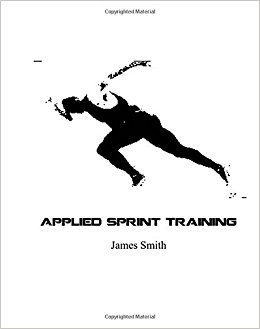
4. What are your top 2-3 resources for learning exercise physiology?
Basic Exercise Physiology textbooks would be my best beginner resource particularly those aimed at undergrads. “Science and Practice of Strength Training” which I mentioned for strength as well has a solid general outline of exercise physiology, which can also serve as a good starting point.
5. If you work with a specific population, what are your top resources for learning more on how to serve that population, and why?
I work with hockey, and three top resources I look to in the hockey community are Kevin Neeld, Devan McConnell and Anthony Donskov. All 3 have extensive experience with hockey at all levels and are extremely transparent with their information as well as have valuable products.
- Kevin Neeld’s “Speed Training for Hockey“
- Devan McConnells “Intent“
- Anthony Donskov’s “The Gain, Go, Grow Manual“
- Anthony Donskov’s “Physical Preparation for Ice Hockey“
… are all strong recommendations.
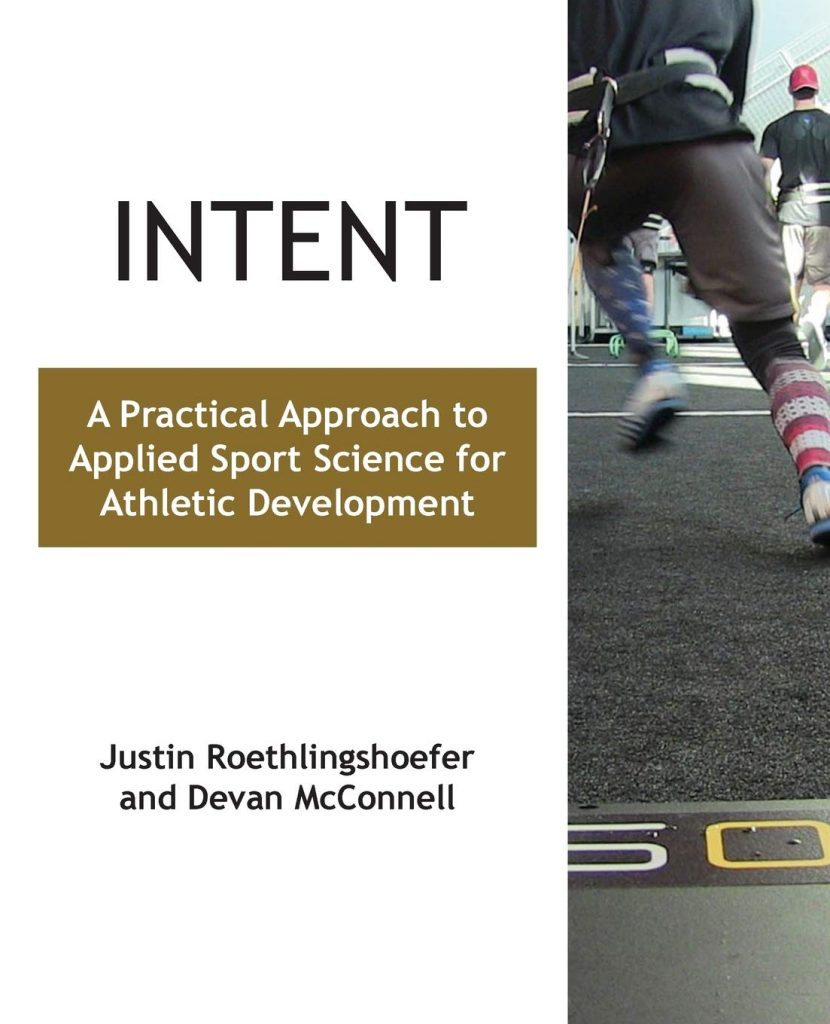
Other resources that have been extremely useful to me is collaborating and learning from hockey sport coaches and skill coaches. I have taken the time to talk with, learn from and be instructed (on ice) by some of these coaches and have had leaps in my understanding of the game and how to best serve that particular population by trying to experience it first hand myself. I also take the time to sit in on team meetings, film review, practices as much as I can throughout the season. This information allows me to better understand the coaches perspective, better utilize language/analogy in the gym that is more relevant to the players, and show the players that I am invested in their development as an athlete.
6. Do you have any advice for an up and coming strength and conditioning professional?
For the upcoming fitness professional I recommend working with a wide variety of clients. Some of the best learning experiences and growth I’ve had was while working with youth or adult clients.
The second piece of advice especially when starting to program for your clients is to try things out for yourself. Some of the best training insights I have gained is by putting myself through a program I was going to put a client through. By experiencing the program first hand you can easily identify any pitfalls that you might have otherwise overlooked.
Kyle Davey
Salem, OR
Instagram: @KyleDavey1
Kyle is an individual I’ve grown to respect over the past few months, not only because our paths crossed continuously whenever there were any Zoom video conferences, but also because he has asked intelligent questions during these calls, which prompted me to reach out and talk shop briefly with him. From these interactions, I know that he walks the walk when it comes to coaching individuals of all ages and populations, and I hope his input helps those who are just beginning their journey into the S&C field.
1. What are your top 2-3 resources for getting stronger/more resilient?
- Chris Beardsley for strength training science, his medium page is awesome.
- Angela Duckworth for resilience and her work on grit.
- I guess the NSCA CSCS for a beginner. The NSCA isn’t without shortcomings, but in the CSCS book and exam you do learn a lot of the basic science that gives you a platform to understand arguments and form your own about training.
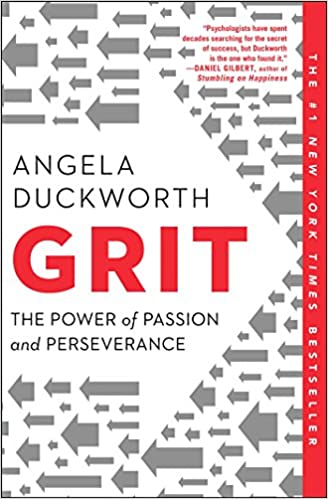
2. What are your top 2-3 resources for learning functional anatomy?
Pat Davidson and the RTBP concepts are pretty sweet. I have Postural Restoration Institute influences as well. The book “Trail Guide to the Body” was helpful to me when I was in school.
3. What are your top 2-3 resources for exercise programming?
Chris Beardlsey has influenced my programming ideas, alongside Anatoliy Bondarchuk’s “Transfer of Training” and ALTIS’ information and resources as well. And to reinforce this further, the basic physiology stuff that is taught in the textbooks, including the CSCS textbook good resources, too.
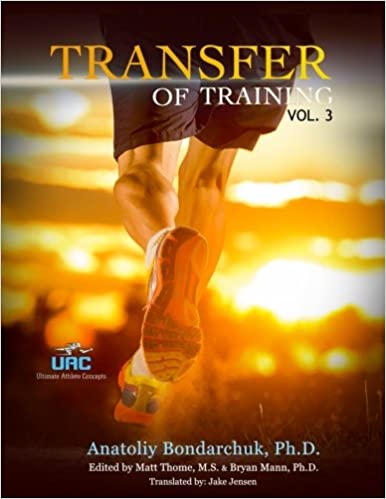
Stuff we take for granted but is not common knowledge for the layperson and probably the beginner coach: cardio isn’t ideal before strength training as it decreases force expression, plyometric work before strength work, allowing adequate rest between sets for optimal recovery and performance gains, etc.
4. What are your top 2-3 resources for learning exercise physiology?
My top resources are Joel Jamieson, and maybe the ACSM Exercise Physiology Certification. I haven’t done it, but if you want to go the clinical route I think that’s the gold standard in that world. This was my Exercise Physiology textbook in college, and there is lots of good knowledge there.
5. If you work with a specific population, what are your top resources for learning more on how to serve that population, and why?
For training athletes, ALTIS has been a big resource. From learning how to coach speed mechanics, to teaching weight room concepts, they do a good job in their Foundation course. Again, Chris Beardsley has solid work on the underpinning mechanisms of athletic development.
6. Do you have any advice for an up and coming strength and conditioning professional?
Find a quality mentor, hands down my #1 piece of advice. Tough to qualify a quality mentor when you’re brand new, but do your best. Learn as much as possible so you can stand on his or her shoulders.
Secondarily, spend as much time reading and learning the right things and talking to the right people as possible. You will have to pay for many of these experiences–travel, course costs, books, etc. It’s worth it…as long as you’re not venturing into the wrong rabbit holes. Otherwise you’re wasting time, money, and energy. Do as much as possible before other commitments, like marriage and children, supersede your financial and time priorities.
Third, don’t be an internship whore. Do one (with your mentor), and then enter the workforce. Lastly, try and find people who are at the same level as you so you develop a peer group. Internships help with this. This way you can grow together and have open and honest conversations with each other about your (relatively young) training ideas that you may not feel comfortable openly discussing in front of “experts” you look up to.
Answering these questions was surprisingly difficult, other than the last one. I feel like you pick up things here and there along the way, hard to identify single go to sources. Not sure how good my answers are, but they’re here.
That is all for Part 1, more to come in the Q&A – Part 2!
As always,
Keep it funky.
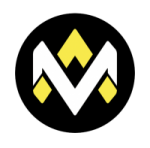

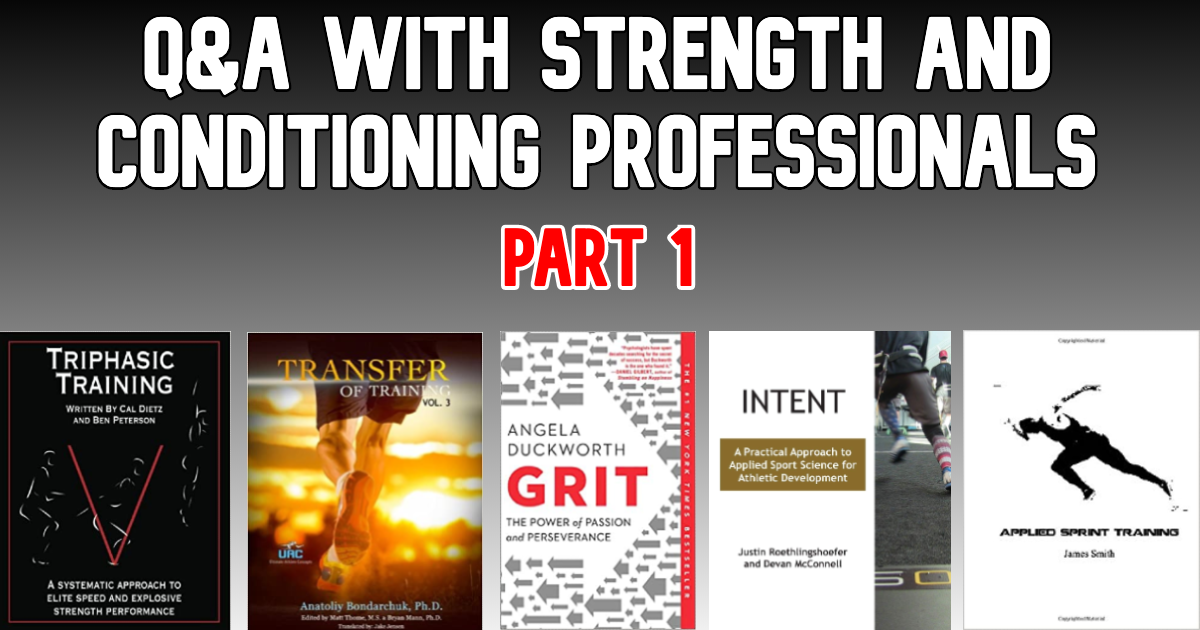
One Reply to “Q&A with S&C Coaches – Part 1”
Comments are closed.